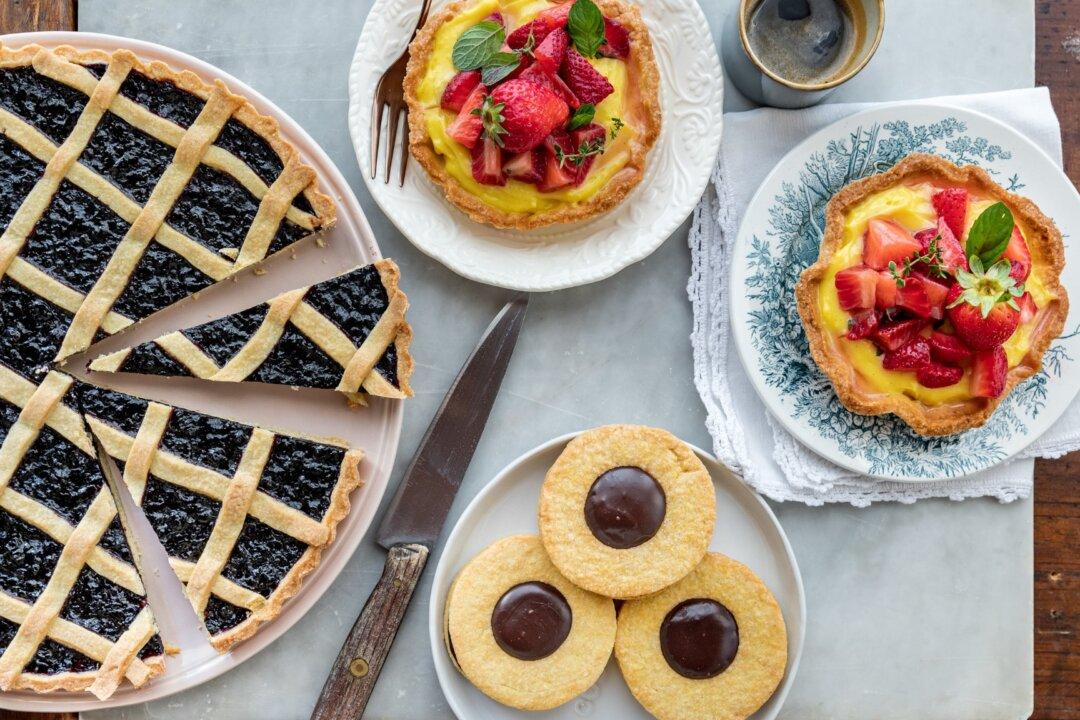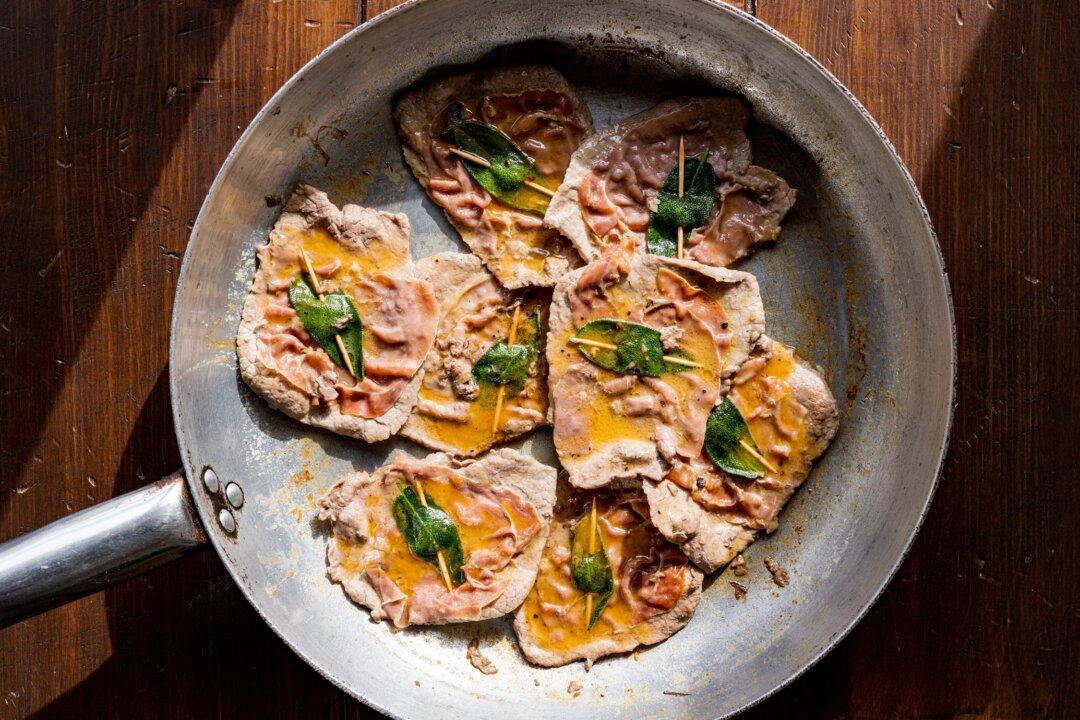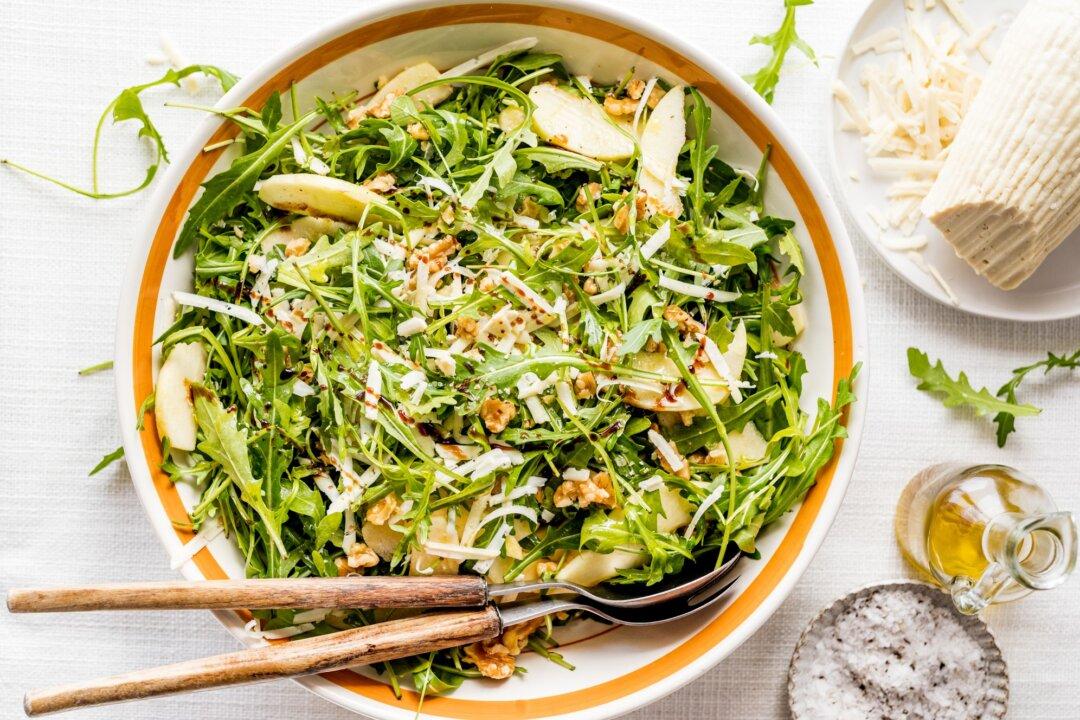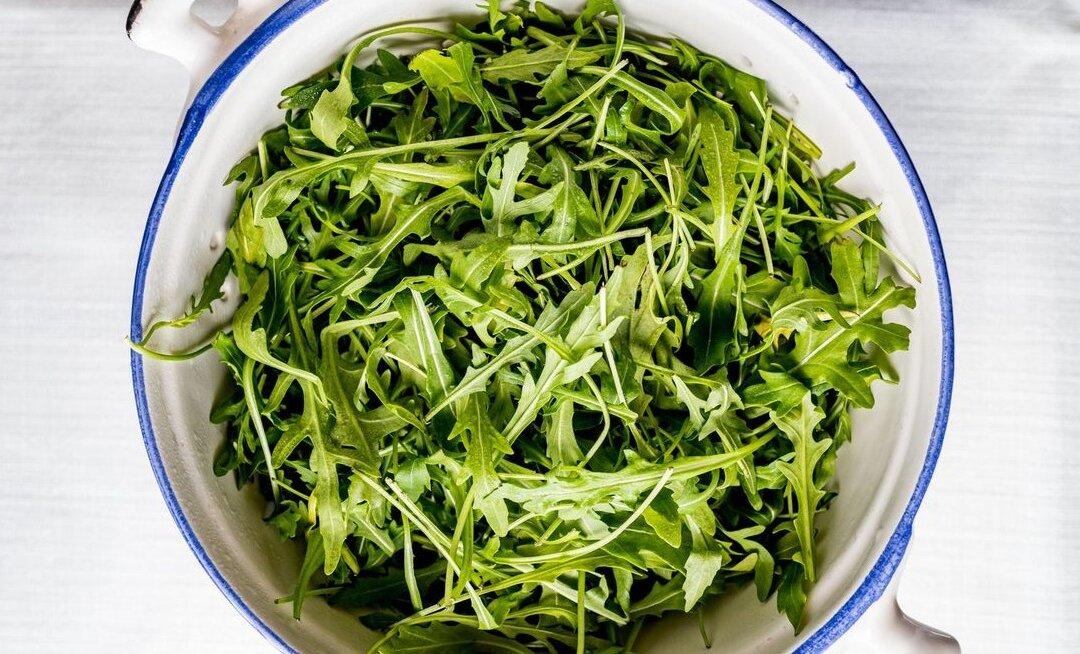Pasta frolla is one of the first pastry recipes I learned to make as a child. Standing on a stool in my mum’s kitchen, wearing a worn-out apron that looked more like a nightgown on me, with a Disney movie on the background—these were the best moments of the week, when I was allowed to play with flour and butter.
This rich, buttery Italian shortcrust pastry is a staple in the repertoires of fine pastry chefs and family home cooks alike. In the home kitchen, the versatile dough is the starting point for many humble, reliable recipes, from simple shortbread cookies to rustic jam-filled crostatas.





